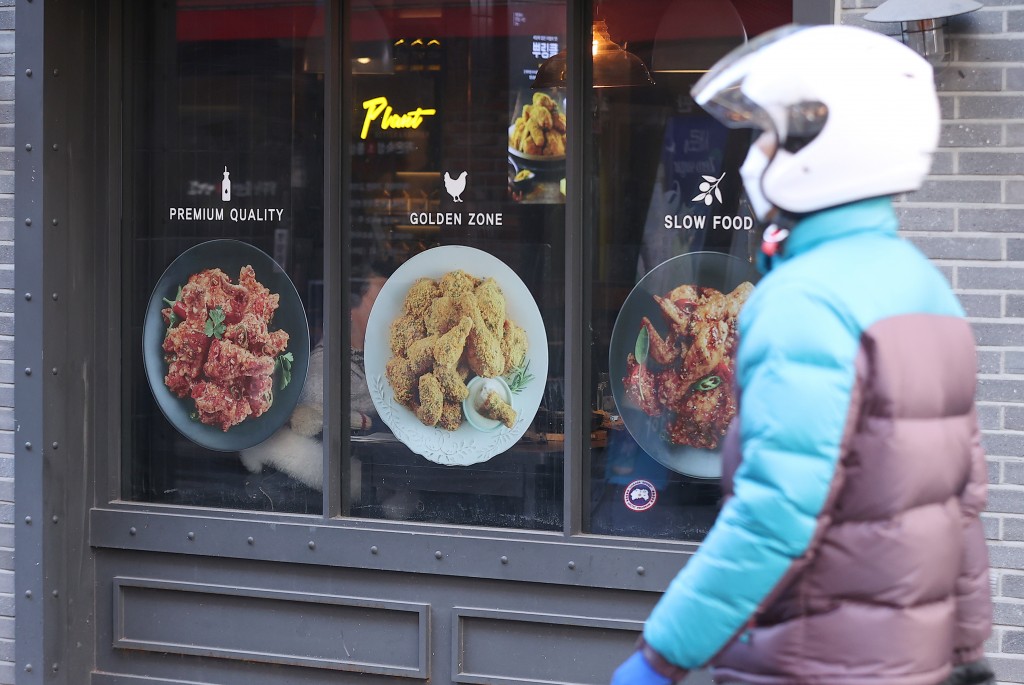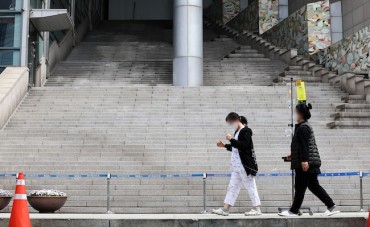
Data released by the Korea Consumer Agency on Feb. 21 revealed that half of the restaurant menus in Seoul are more expensive when ordered for delivery than when eaten at the physical store. The study found that many menus in downtown Seoul, where major delivery platforms are located, have higher prices for delivery compared to in-store dining. (image courtesy of Yonhap)
SEOUL, March 7 (Korea Bizwire) — As the economy slows down and prices rise, consumers are increasingly prioritizing food prices and delivery charges when ordering delivery food, according to a survey conducted by the Korea Agro-Fisheries Trade Corp. (aT) released on Monday.
The report, titled “2022~2023 Domestic and International Eating Out Trends”, revealed that food price was ranked as the most influential factor when choosing food or restaurants using delivery apps, with 21.1 percent of consumers selecting this option. This was followed by delivery charges(15.1 percent), reviews (14.7 percent), menu variety (12.4 percent), delivery time (10.5 percent), brand recognition (10.5 percent), and minimum order amount (6.4 percent).
The online survey queried 1,267 adult consumers aged between the ages of 20 and 69 as well as582 restaurant workers in September and October last year.
This marks a significant change from the previous year’s survey, where reviews took the top spot with 23.7 percent. The agency suggested that price sensitivity increased due to factors such as the increase in food prices and delivery fees.
As a result, consumers are turning away from delivery food, causing a slowdown in the delivery market, which was booming during the pandemic. In addition, the cost of delivery has increased, making it less likely for consumers to order delivery food.
According to the Mobile Index of big data platform IGAWorks on March 7, the aggregate number of users of the three major delivery app platforms, BaedalMinjok, Yogiyo and Coupang Eats, amounted to30.2 million in January, down 16.6 percent (6 million) from the same month a year earlier. Last month, BaedalMinjok, Yogiyo and Coupang Eats had monthly active users (MAUs) of roughly 8.7 million, 6.8 million, and 3.5 million, respectively.
When asked about the appropriateness of delivery in the aT survey, more than half (57.8 percent) said it was expensive, while 34.6 percent said it was a little expensive. Only 6.8 percent rated it as “adequate” and less than 1 percent as “cheap.” The most common answer for expected delivery fees was 2,000 won (68.9 percent), followed by 2,500 won (11.8 percent) and 3,000 won (11.2 percent). However, 3,000 won is the most common delivery fee that consumers actually pay when using delivery apps.
Kevin Lee (kevinlee@koreabizwire.com)






